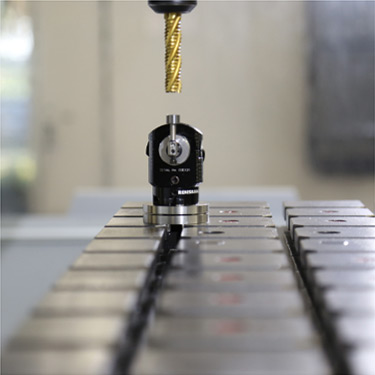
Nov . 11, 2024 07:24
Back to list
high pressure regulators
High Pressure Regulators An Essential Component in Fluid Control Systems
High pressure regulators play a critical role in various applications, ranging from industrial processes to residential uses. These devices are designed to control the pressure of gases or liquids in systems where high pressures are encountered. By ensuring that the pressure remains at a manageable level, high pressure regulators protect equipment, enhance safety, and improve the overall efficiency of operations.
Understanding High Pressure Regulators
A high pressure regulator is a mechanical device that reduces and stabilizes the pressure of a fluid downstream of the regulator. Typically used in systems involving gases like oxygen, nitrogen, and propane, as well as liquid applications, these regulators are vital for equipment that operates under high pressure conditions.
High pressure can pose significant risks to both personnel and machinery if not managed correctly. For instance, gas cylinders used in welding and medical applications often contain gases under extremely high pressure. Without a regulator, the release of gas could lead to dangerous situations, including equipment damage, injuries, or even explosions.
Components of High Pressure Regulators
The primary components of a high pressure regulator include
1. Inlet and Outlet Ports These allow for gas or liquid to enter and exit the regulator. 2. Diaphragm This flexible membrane responds to pressure changes, helping to adjust the flow rate.
3. Spring This component applies a preset force against the diaphragm, allowing for pressure regulation within a specific range.
4. Adjustment Screw This allows users to fine-tune the output pressure according to specific needs.
5. Filter Often included to remove impurities from the fluid, enhancing the lifespan and reliability of downstream equipment.
Through these components, regulators can effectively maintain a constant output pressure despite fluctuations in input pressure.
Types of High Pressure Regulators
High pressure regulators come in various designs to accommodate different applications. Some common types include
2. Two-Stage Regulators Designed for applications with a wider range of input pressures, these regulators provide greater accuracy in maintaining output pressure, making them suitable for high flow rates.
high pressure regulators

3. Back Pressure Regulators These control the pressure of a fluid in upstream systems, allowing for relief of excess pressure while maintaining a desired downstream pressure.
Applications of High Pressure Regulators
High pressure regulators are used across various industries, including
- Healthcare In medical applications, regulators ensure that patients receive gas treatments at controlled pressures, crucial for therapies involving oxygen or anesthetics.
- Manufacturing Many manufacturing processes require precise pressure control, especially in applications involving hydraulic systems, gas flow, and pneumatic tools.
- Petrochemical In oil and gas industries, regulators manage pressure in pipelines and refineries, ensuring safe and efficient operation of equipment.
- Welding and Cutting Regulators are essential in controlling the pressure of welding gases to ensure quality and safe operations in metal fabrication.
Importance of Choosing the Right Regulator
Selecting an appropriate high pressure regulator is vital for safety and performance. Factors to consider include
- Pressure Range Ensure the regulator can accommodate the maximum input pressure and desired output pressure needed for your application.
- Flow Rate The required flow rate will dictate the type and size of the regulator to ensure it meets operational demands.
- Material Compatibility Regulatory materials must be compatible with the gases or liquids being handled, preventing corrosion and ensuring longevity.
- Calibration Precision in calibration is critical, as it directly impacts the regulator's performance and the safety of the entire system.
Conclusion
High pressure regulators are indispensable components in many fluid control systems. By effectively managing pressure, they help prevent hazards, ensure equipment longevity, and improve operational efficiency. Understanding the various types, components, and applications of high pressure regulators is essential for anyone working in industries that require precise pressure control. Investing in high-quality regulators and selecting the right model for specific needs will ensure safe and efficient operations, ultimately contributing to the overall success of any project or application.
Next:
Latest news
-
Safety Valve Spring-Loaded Design Overpressure ProtectionNewsJul.25,2025
-
Precision Voltage Regulator AC5 Accuracy Grade PerformanceNewsJul.25,2025
-
Natural Gas Pressure Regulating Skid Industrial Pipeline ApplicationsNewsJul.25,2025
-
Natural Gas Filter Stainless Steel Mesh Element DesignNewsJul.25,2025
-
Gas Pressure Regulator Valve Direct-Acting Spring-Loaded DesignNewsJul.25,2025
-
Decompression Equipment Multi-Stage Heat Exchange System DesignNewsJul.25,2025

